VIDEO
Products
Streaming
Deliver flawless live video to any audience, anywhere
OTT Apps
Launch and monetize your own branded TV & mobile apps
Spark Encoder
Tap into hardware encoding that's compact and powerful
Broadcaster App
Go live straight from your phone or tablet with studio-quality control
Features
BoxCast Flow
Ensures smooth playback even on shaky networks
Sharing
Instantly clip, share, and amplify your broadcasts
Producer
Create professional streams right from your browser
Third-Party Encoders
Use the gear you love with our support of RTMP and SRT
AUDIO
RemoteMix
Mix live audio remotely from anywhere in the world
Compatible Mixers
Connect your favorite digital mixer to RemoteMix
INDUSTRIES
House of Worship
Reach and engage your congregation wherever they worship
Sports
Stream games with professional quality for fans everywhere
Local Government
Bring transparency and connection to your community broadcasts
Business
Power your corporate events, webinars, and live streams
LEARN
Blog
Insights, trends, and tips for the audio/video community
Tech Tips
Quick how-tos and deep dives on the latest streaming technology
Guides
Essential tips and expert strategies to expand your reach
Newsletter
Stay up to date with product news, best practices, and more
Podcast
Hear stories and strategies from our customers and experts
DISCOVER
Customer Stories
Explore real-world success stories to inspire your organization
Events
Join us at an upcoming conference and meet with our team
Webinars
Get all the details and register for our next live webinar
About Us
Discover our company's mission, values, and team story
Broadcasting, Live Streaming by Industry, Live Streaming Hardware, Church + House of Worship, How To Live Stream
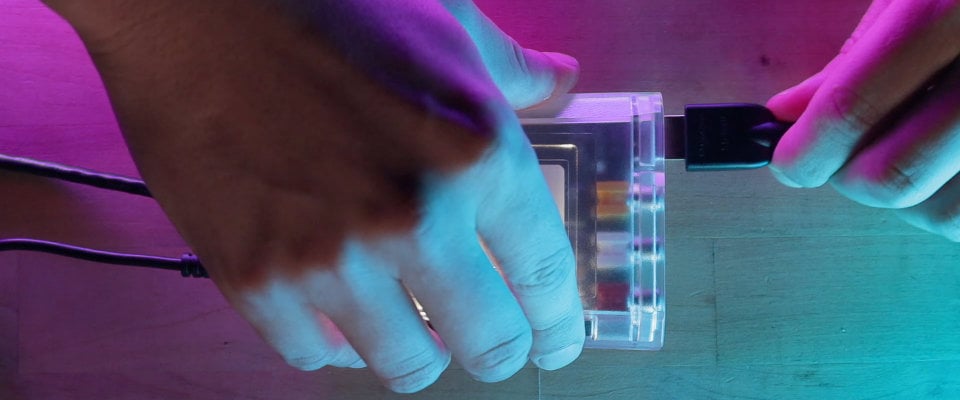
BoxCast Team • December 16, 2022
Whether you’re building out your video production setup or just started filming live streams, you’ll need to get very comfortable with a small but pivotal piece of equipment: the video cable. Specifically, the HDMI cable. Even more specifically, standard, mini, and micro HDMI cables.
That might sound like a lot, but don’t worry — this article will make it easy to understand.
When you start adding more cameras and devices into your workflow, inevitably cabling and converting will become part of your life. It’s important to understand the differences between different types of video cables and where you should use them. This guide talks about the different types of HDMI cables, plus where SDI fits into your workflow.
This is part of our webinar on the basics of multi-cam setups. Check out this video to learn all about live streaming with multiple cameras, where to place them, and what cables and equipment you’ll need for a multi-cam production:
A tried and true classic, standard HDMI can be found in all sorts of electronic devices and is used throughout the world to transmit audio and video.
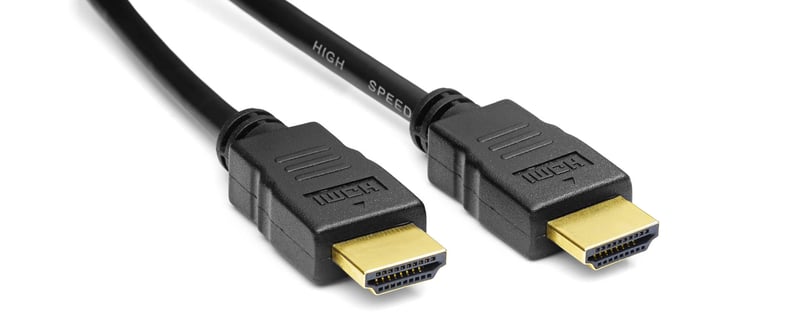
|
Pros
|
Cons
|
Uses: Use standard HDMI cables with larger video cameras and camcorders. Standard HDMI is also common in video encoders, switchers, mixers, and monitors used in video production.
Recommended length: 1–100 feet
The smaller the connector, the shorter the cable. Mini HDMI cables are smaller in size and shorter in length than standard HDMI cables. You can buy an adapter to connect a mini to a standard HDMI cable if you need more cable length. But if you have the option of using a longer, standard HDMI cable, it’s probably best to just use that instead.
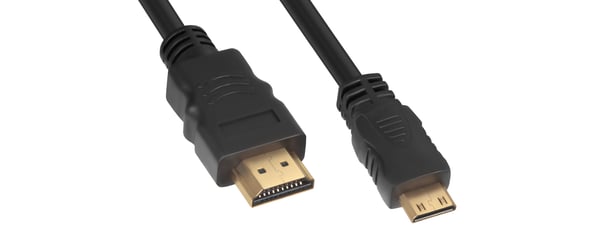
|
Pros
|
Cons
|
Uses: Smaller video cameras and camcorders.
Recommended length: Up to 25 feet
Smaller cameras require smaller connection ports. Enter the smallest member of the family: micro HDMI.
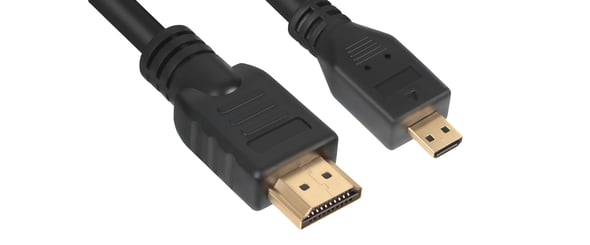
|
Pros
|
Cons
|
Uses: You’ll find these primarily on action cams like GoPros, the Sony FDR-X3000, Sony ZV-E10, and more.
Recommended length: Up to 25 feet
These are high-end cables designed for professional video connections, and frequently use a locking BNC connector. SDI cables are common in news and sports environments, and are the industry standard in TV broadcasting.
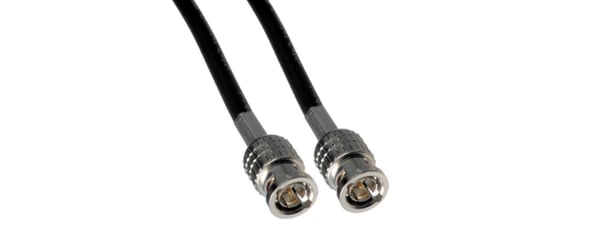
|
Pros
|
Cons
|
Recommended length: Up to 900 feet
To learn more, check out our in-depth article on understanding and comparing HDMI and SDI. You can also watch this handy video that breaks it down:
Knowing what cable you need for which piece of equipment is essential to becoming a better broadcaster and eliminating stress and frustration when the time comes to shoot live video. However, cabling is just one piece of hardware that makes a successful video production. Check out these other helpful resources to boost your video broadcasting knowledge:
© 2025 BoxCast. All Rights Reserved. | +1-888-392-2278